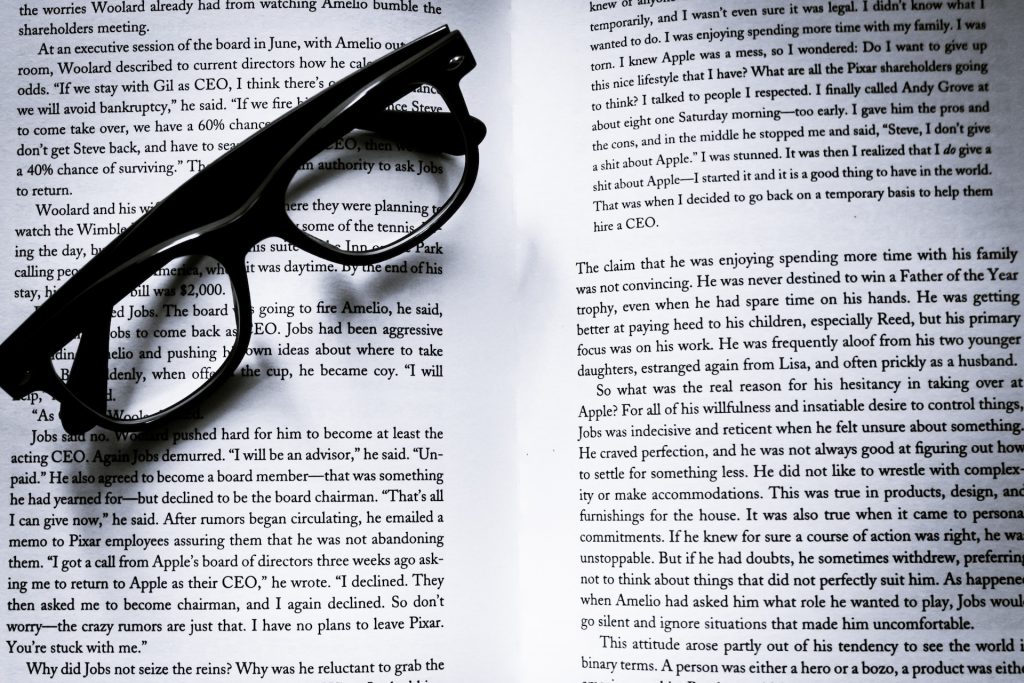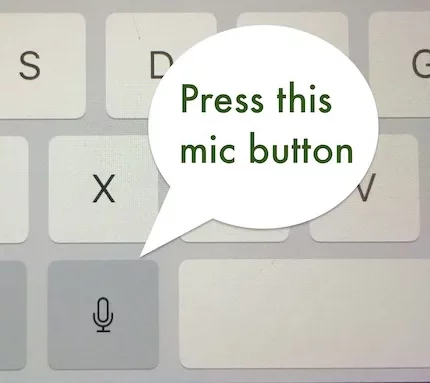
3 Ways to Reduce Typing Time to Focus on Digital Literacy
A recent question on a social media post asked about having enough time to teach digital literacy with a oen comment rueing the speed of primary students’ typing skills. Over the years, I have introuced a number of ideas which allow me to cover areas of digital literacy more efficiently, and in this article I will focus on typing time and alternatives to teaching touch typing in lessons.
Touch Typing
The traditional solution for children taking too long to type has been to spend time in Primary computing lessons teaching touch typing. Learning to type at speed, however, is not a once a week process and, like learning handwriitng or a muscal instrument, daily practice is far more efficient.
Whilst introducing touch typing courses to students may be useful, if daily practice is really necessary, then this is something that perhaps will need to find a place outside of curriculum time e.g in a club or at home.
So what about other ways to ensure digital literacy can be taught as typing skills are improving. Here are some other apporaches.

1. The Prepared Text
Start by giving students a prepared text to edit or impove when learning software or app features. This approach is invavluable when you are looking at, for example, more advanced layout features of software, such as the ruler, styles, columns, text wrapping etc.
Using the Blue Peter “here’s one i made eariler” approcah can mean 5-10 mins working on an example text to teach the skills required, without having to spend loads of time typing.
Example areas for using this in wordprocessing apps can include play texts (for ruler and tabs), non-chronological reports (for styles), newspaper articles for columns and text wrapping.

2. Dictation
Many devices such as iPads have the ability to dictate. When mentioning this, teachers suggest often that students can’t all do this at the same time; however, iPads for instance, will pick up the child’s voice in a noisy classroom, as long as they hold the microphone close to their mouth.

This discovery was a game changer in my classroom, as time entering text was drastically reduced. It also has become part of the editing process, because as students read their work aloud to the iPad, they spot errors, or correct them quickly.

for paired creation
3. Paired/shared writing
I especially enjoy using Google Docs, Slides and Sites, which are all great ways for students to create a document quickly with a partner or group. Google workspace apps are fantastic for pupils being able to edit simultaneously. And Slides & Sites I find especially useful, as each child can be responsible for a specific page/area of the project.

use the share button
With more than one person contributing to the content, this can be added quicker and there are the additional benefits of shared ownership, paired editing and focus on design.
Students need to be taught how to use the Share facilities in each app and to add their teacher as an editor too. This enables me to comment on their work in real time.
Summary
In the primary (and even secondary) context, slow typing speeds can inhibit the teaching of digital literacy. Especially when using mobile devices, these approaches outlined can support students and teachers exploring digital literacy, helping reduce typing time to on knowledge and skills. They can also encourarge teachers to use digital literacy in a range of subjects other than computing lessons. Why not try them out. I hope they prove useful.
